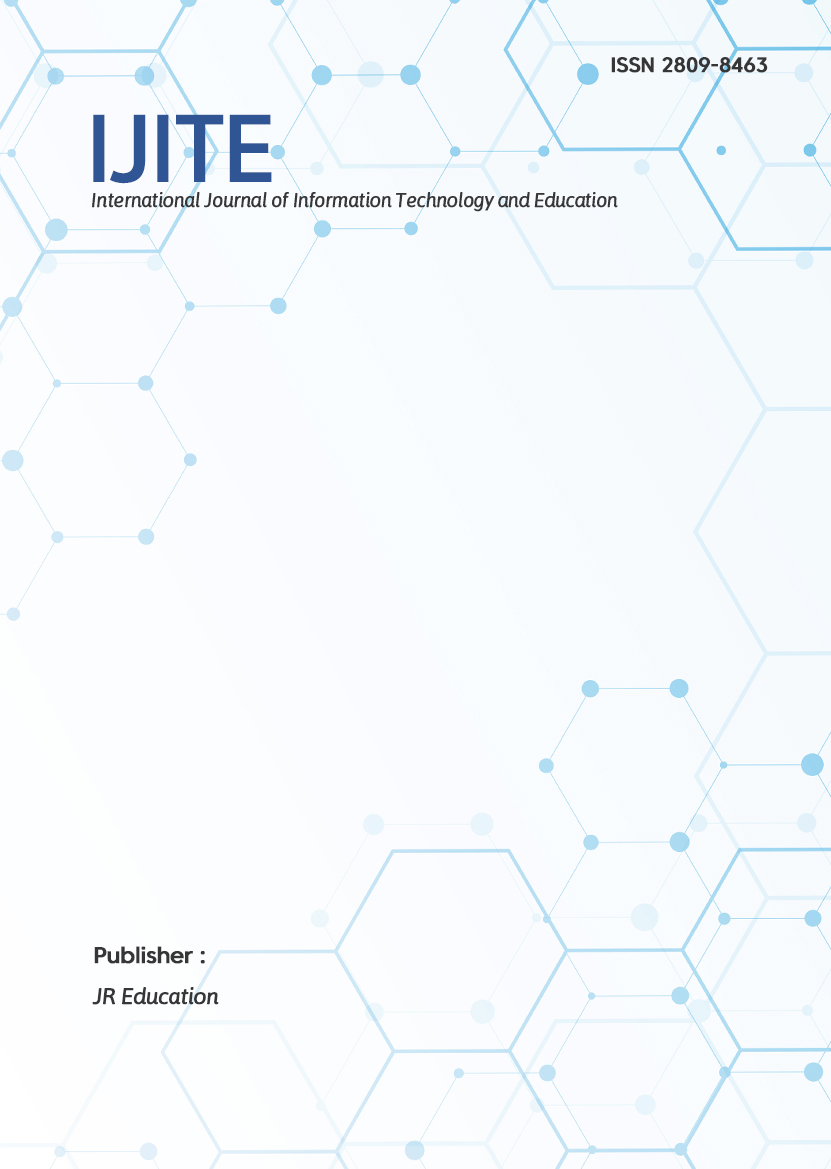The Application of Discovery Learning Model to Improve Simulation and Learning Outcomes Digital Communication of Class X TKJ Students Vocational High School 7 Talaud
DOI:
https://doi.org/10.62711/ijite.v2i1.85Keywords:
CAR, Discovery Learning Model, Learning OutcomeAbstract
This study aims to determine the application of the Discovery Learning Model at SMK Negeri 7 Talaud, as well as knowing the increase in student learning outcomes in class X at SMK Negeri 7 Talaud through the application of the Discovery Learning model. The form of research is classroom action research (CAR). The study was conducted in two cycles in each cycle consisting of several meetings that were adjusted to the material and time. Each cycle consists of planning-implementation-observation-reflection. The conclusions of the results of this study are: The Implementation of Discovery Learning Model Can Improve Simulation Learning Results and Digital Communication of Class X Students of SMK Negeri 7 Talaud. Can make students more confident, enthusiastic in learning, satisfied with the results achieved, independent, responsible with themselves and likes to accept learning challenges / problems. from the value results. In the second cycle with an average of 82.26 in a classical 93, 33% had an increase compared to the first cycle with an average of 70 and a classical 73.33%.








